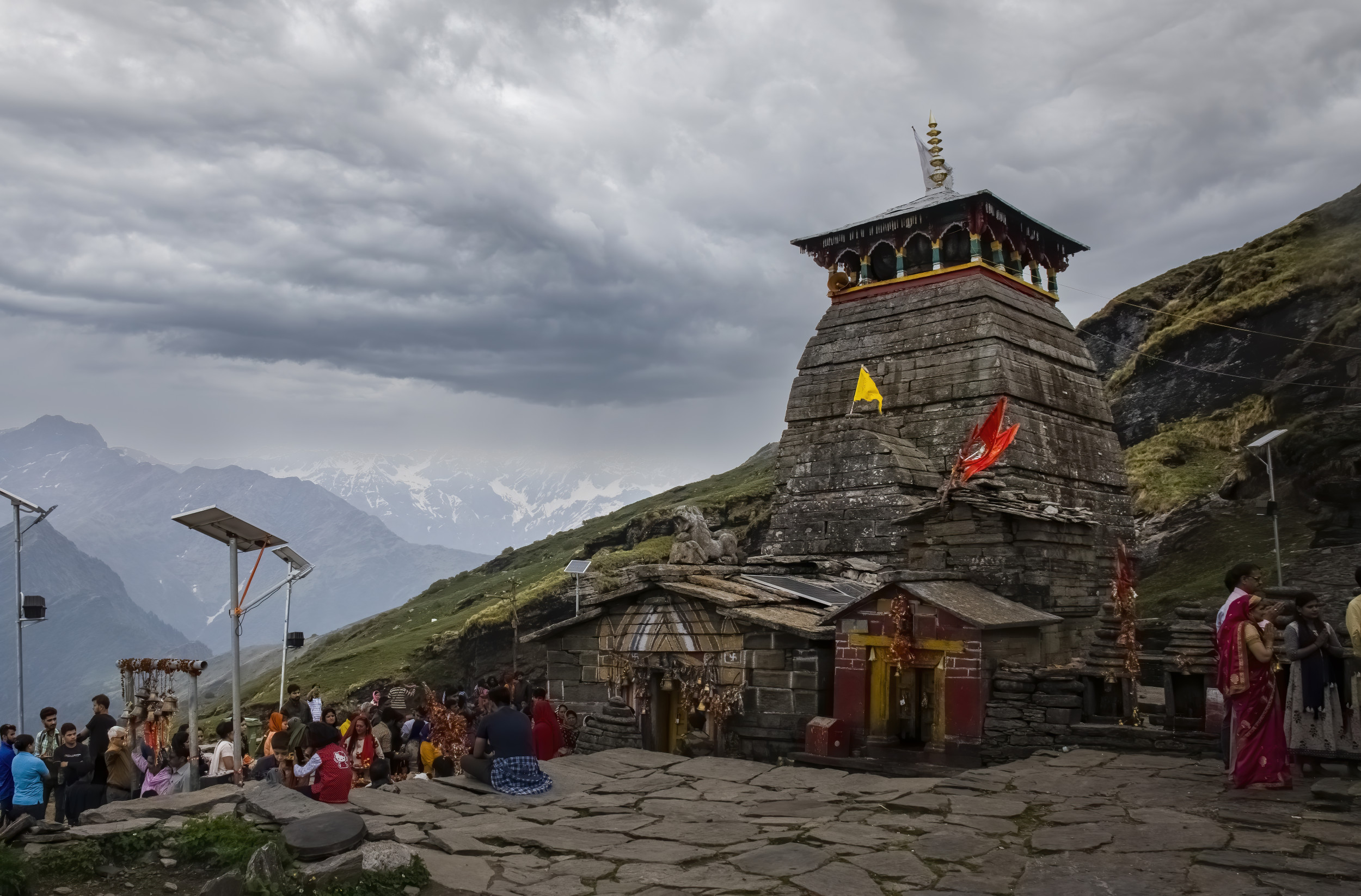World
Safety warning issued over World’s highest Shiva temple

Indian authorities have issued a safety warning to travelers hoping to visit the highest Shiva temple in the world, after monsoon season made the site unsafe.
The Tungnath Temple, located in the Rudraprayag district of Uttarakhand in North India, has been structurally damaged by extensive exposure to water, accelerated by monsoons throughout the country, according to The Economic Times. The damage includes a weakened foundation and unstable walls.
The temple, located at an altitude of 3,680 meters, is a popular destination for tourists and Hindus, as it is the highest temple dedicated to Shiva in the world. Like many other temples of its type, the Tungnath Temple is built primarily from slate bricks and slabs. Shiva is a prominent deity in the Hindu faith, and the temple’s name translates to “lord of the peaks”.
However, the Badrinath Kedarnath Temple Committee warned travelers that the area was becoming unsafe, with committee head Ajendra Ajay saying in a statement shared with The Economic Times: “The temple is facing serious issues like subsidence, weakening foundation, and shifting wall slates, which have caused water leakage, especially during the rainy season.”
Getty Images
According to The Economic Times, the committee also said that they had contacted the Geological Survey of India and the Central Building Research Institute for support in restoring the temple in September.
Uttarakhand’s tourism minister, Satpal Maharaj, also responded to the warning, saying: “Given the temple’s water leakage and structural problems, the govt is prioritizing its repair to ensure the structure remains safe for all visitors.
Newsweek contacted the Badrinath Kedarnath Temple Committee for more information.
Monsoon season in India normally lasts from June to September. According to the Climate Prediction Center, the country receives 90 percent of its annual rain within this time period. Due to the high altitude of the Tungnath Temple, it is more exposed to the elements than other religious sites.
Some reports have indicated that monsoon season in India is getting worse due to erratic weather activity caused by climate change. In 2021, The Economist reported that rainfall could increase in the country by 5.5 percent.
Shiva is central to a sect of Hinduism called Shaivism, considered one of the largest denominations of the religion. Shiva is portrayed as having control over life and death, as one of the three primary deities in Hinduism, along with Brahma and Vishnu. Shiva is worshipped in India, Nepal, Bangladesh, Sri Lanka and Indonesia.
Do you have a story we should be covering? Do you have any questions about tourism in India? Contact LiveNews@newsweek.com.




.jpg)




